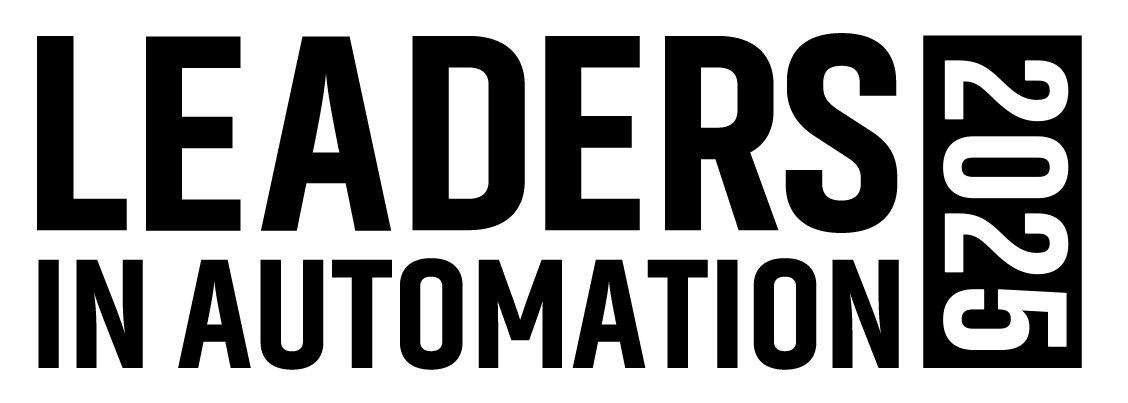Predictive Medicine
Every plant has a lot of money tied up in assets—just check the manufacturers’ latest balance sheets for proof. An oft-given reason for the decline in spending for automation systems over the past three years is that management spent so much on equipment in the late 1990s, and is still waiting to see sufficient return on that investment.
To help drive better ROI, this issue of Automation World focuses on asset management. Process industry engineers have used predictive and preventive maintenance systems for asset optimization. These are increasingly being employed in discrete manufacturing as well. The featured articles uncover manufacturing assets, from plant equipment to networks, that must be protected and managed.
Kenna Amos defines various asset management strategies in the article beginning on page 24. He challenges manufacturing executives to get a maintenance tune-up. Balancing reactive, preventive and predictive maintenance is a critical act for managers.
John Berra, president of Emerson Process Management, has been a leading voice extolling the virtues of asset management. Read his advice in an exclusive interview with Editorial Director, Jane Gerold, beginning on page 30.
Some critical assets are found in the information technology server closet. Rob Spiegel, in the article beginning on page 34, provides some insight into why good firewalls are essential in the protection of a company’s critical information assets.
Another blend of information technology and control assets is the plant’s computer network infrastructure. Carol Wilson offers some tips on managing this important asset in the article that starts on page 38.
Can manufacturing professionals really do something new in asset management? We serve up three examples of different approaches to improving manufacturing profitability.
Outokumpu Metals Oy outsourced maintenance operations at its copper works in Harjavalta, Finland, by partnering with a trusted supplier. See how this worked starting on page 42.
Intel implemented a predictive maintenance program that has saved the company millions of dollars. Read all about it beginning on page 44.
And, BC Hydro discovered a way to economically upgrade its automation assets without tearing out all the old equipment and wiring, described in the story that begins on page 48.
